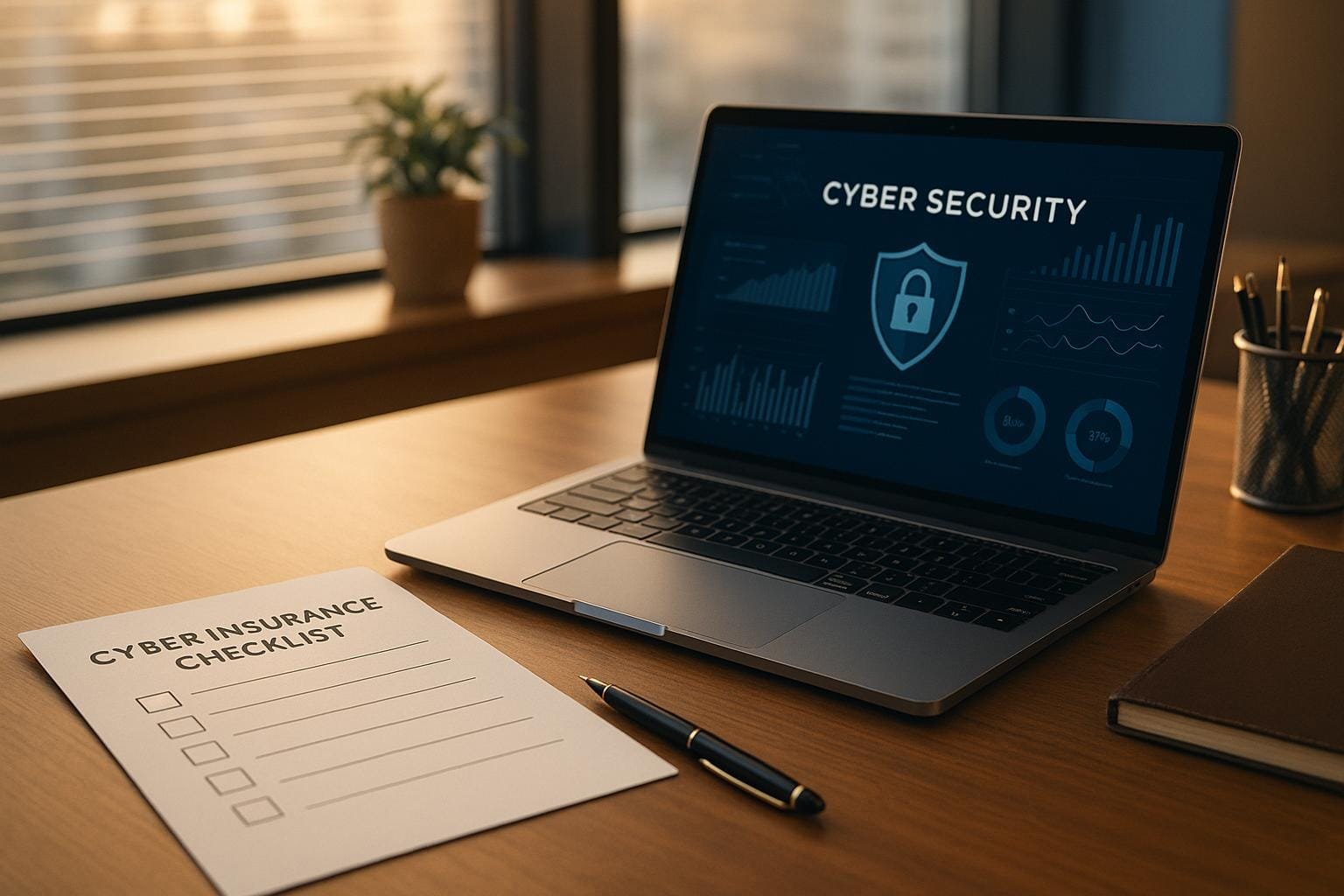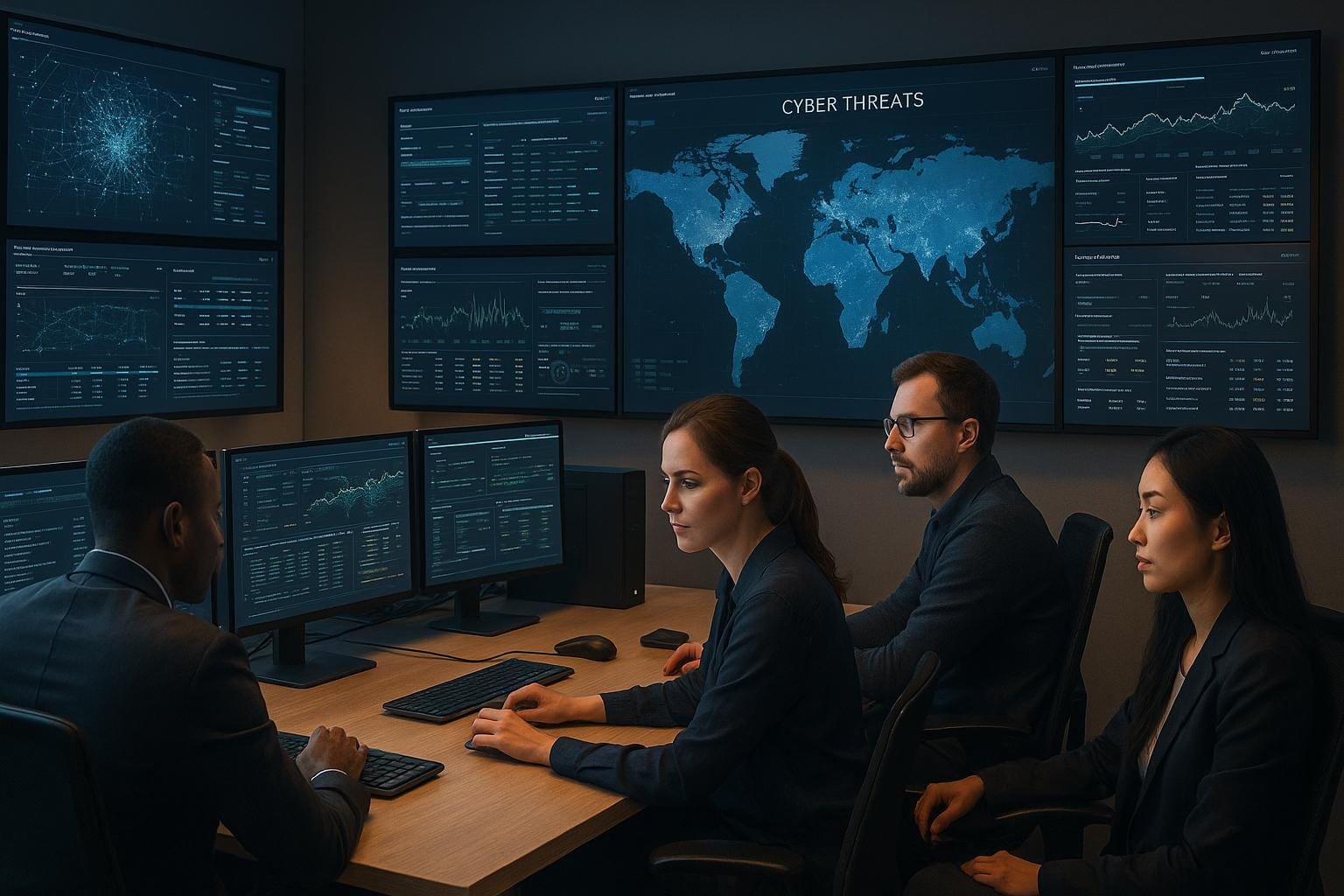In today’s digitally connected world, businesses rely heavily on technology to manage their operations, streamline tasks, and secure sensitive data. Cybersecurity is a critical concern for organizations of all sizes, especially in the wake of recent high-profile data breaches and cyber attacks. Employees play a pivotal role in maintaining the security of an organization’s information assets. This article highlights ten essential cybersecurity awareness practices for employees to ensure a safer and secure digital workspace.
Table of Contents
1. Overview of Cybersecurity Awareness
Cybersecurity awareness involves understanding the potential risks and threats associated with the use of digital technologies and taking appropriate measures to mitigate these risks. Employees must have a clear understanding of the organization’s policies, procedures, and guidelines for handling sensitive information and maintaining a secure working environment. A robust cybersecurity awareness program helps create a culture of security, promoting best practices among all employees.
2. Secure Passwords and Account Management
Secure account management is an essential part of maintaining cybersecurity at the workplace. Organizations should implement strong password policies and require regular password changes to minimize the likelihood of account compromise. Employees should adhere to these policies and:
- Use strong, unique passwords – combine uppercase and lowercase letters, numbers, and special characters.
- Avoid using personal information – such as birth dates, names of family members, or pets.
- Never reuse passwords across multiple accounts or platforms.
- Utilize multi-factor authentication (MFA) whenever possible for added security.
3. Identifying and Preventing Phishing Attacks
Phishing attacks are a common cybersecurity threat that involves attackers posing as trustworthy entities to trick people into revealing sensitive information. These attacks often use emails, online advertisements, or websites for the purpose of obtaining personal data, such as login credentials or financial information. To protect themselves and the organization, employees should:
- Examine emails carefully – check for suspicious sender addresses, poor grammar, or unexpected content.
- Avoid clicking on unknown links and attachments – hover over the link to check the destination URL.
- Report suspicious emails to IT or security personnel as per the organization’s guidelines.
- Be cautious about sharing sensitive information online.
4. Safeguarding Against Malware
Malware, or malicious software, is a significant threat in the digital world, and it can propagate through various means, such as emails, file downloads, or infected websites. To mitigate the risk of malware infection, employees should:
- Install and update antivirus software on all devices used for work tasks.
- Keep software and operating systems up to date with the latest security patches.
- Avoid downloading files from untrusted sources and never install unverified applications.
- Enable email filtering to block spam and potential phishing attempts.
5. WiFi Security Measures
WiFi networks are a convenient way to connect various devices to the internet, but they also represent a potential point of vulnerability. To ensure the security of WiFi networks in the workplace, employees should:
- Connect only to secure, password-protected networks when using company devices.
- Avoid using public WiFi networks for work-related tasks, as they can pose significant security risks.
- Utilize virtual private networks (VPNs) when working remotely to encrypt data transmission and keep information secure.
6. Best Practices for Remote Work
Remote work has become increasingly popular, but it presents unique challenges when it comes to maintaining cybersecurity. To ensure a safe work environment while working remotely, employees should:
- Secure their home networks – update router firmware, change default passwords, and enable firewall protection.
- Lock screens and devices when not in use to prevent unauthorized access.
- Follow the organization’s security policies for remote work, such as using VPNs and avoiding public WiFi networks.
- Communicate with the IT department for support and guidance in maintaining a secure remote workspace.
7. Device Security and Encryption
Securing devices is vital for maintaining the overall security of an organization. Employees should:
- Keep devices updated with the latest software patches and antivirus definitions.
- Enable device encryption for laptops, smartphones, and other mobile devices to protect sensitive data in case of device theft or loss.
- Adhere to the organization’s policy for device security and report any lost or stolen devices immediately.
8. Protecting Sensitive Data
Organizations handle a variety of sensitive data that must be protected from unauthorized access or disclosure. Employees should:
- Follow organizational guidelines for handling, storing, and disposing of sensitive data.
- Be mindful of data visibility – avoid leaving sensitive information on screen or on printed materials in plain sight.
- Share sensitive documents securely – use secure file transfer methods and avoid sending sensitive information over email.
- Use strong encryption to protect sensitive data both in transit and at rest.
9. Social Media Security
Social media platforms can pose significant cybersecurity risks if not used responsibly. Employees should be cautious when using social media by:
- Adjusting privacy settings – limit the visibility of personal information and content to trusted contacts.
- Being cautious about clicking on links and accepting friend requests from unknown individuals.
- Avoiding the oversharing of work-related information that could be useful to attackers.
10. Continuous Training and Education
Employee education and training are critical to maintaining cybersecurity awareness and reducing the likelihood of security incidents. Regular training sessions, simulations, and updates on the latest threats and best practices can help foster a culture of security within the organization.
In summary, employees play a critical role in the overall cybersecurity posture of an organization. By adopting these ten essential cybersecurity awareness practices, employees can contribute to creating a more secure digital working environment, protecting sensitive data, and minimizing the risk of potential cyber attacks.



